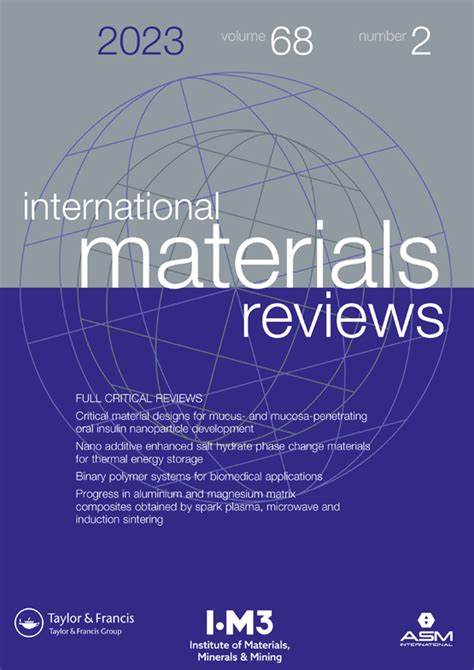Glycosaminoglycans as polyelectrolytes: implications in bioactivity and assembly of biomedical devices
IF 15.5
1区 材料科学
Q1 MATERIALS SCIENCE, MULTIDISCIPLINARY
引用次数: 5
Abstract
ABSTRACT The innate negative charge of glycosaminoglycans (GAG) is in the origin of their bioactivity: it drives their spontaneous complexation with positively charged biomolecules and ions, regulating homeostatic functions by protein stabilization, protection and activation. Copycatting these interactions enables different supramolecular approaches towards the assembly of biofunctional devices. Such approaches allow processing under physiological conditions and thus, they are of unprecedented biocompliance for device build-up compared to conventional methods based on chemical cross-linkers, volatile and organic solvents, and high temperatures. We review different set-ups based on GAG electrostatic complexation and showcase their application towards the development of diverse therapeutic systems. We also discuss challenges associated with GAG complexation into intricate three-dimensional networks holding back the widespread use of these methods. Finally, we anticipate that conscious choice of GAG with distinct polyanionic strength and specific bioactivity will make possible the fabrication of constructs with personalized and customized properties in the nearest future.作为聚电解质的糖胺聚糖:生物活性和生物医学装置组装的意义
糖胺聚糖(GAG)的先天负电荷是其生物活性的起源:它驱动其与带正电的生物分子和离子的自发络合,通过蛋白质的稳定、保护和激活来调节稳态功能。复制这些相互作用使不同的超分子方法能够实现生物功能设备的组装。这种方法允许在生理条件下进行处理,因此,与基于化学交联剂、挥发性和有机溶剂以及高温的传统方法相比,它们具有前所未有的设备构建生物顺应性。我们回顾了基于GAG静电络合的不同设置,并展示了它们在各种治疗系统开发中的应用。我们还讨论了与GAG络合成复杂的三维网络相关的挑战,阻碍了这些方法的广泛使用。最后,我们预计有意识地选择具有不同聚阴离子强度和特定生物活性的GAG将使在不久的将来制造具有个性化和定制特性的结构成为可能。
本文章由计算机程序翻译,如有差异,请以英文原文为准。
求助全文
约1分钟内获得全文
求助全文
来源期刊

International Materials Reviews
工程技术-材料科学:综合
CiteScore
28.50
自引率
0.00%
发文量
21
审稿时长
6 months
期刊介绍:
International Materials Reviews (IMR) is a comprehensive publication that provides in-depth coverage of the current state and advancements in various materials technologies. With contributions from internationally respected experts, IMR offers a thorough analysis of the subject matter. It undergoes rigorous evaluation by committees in the United States and United Kingdom for ensuring the highest quality of content.
Published by Sage on behalf of ASM International and the Institute of Materials, Minerals and Mining (UK), IMR is a valuable resource for professionals in the field. It is available online through Sage's platform, facilitating convenient access to its wealth of information.
Jointly produced by ASM International and the Institute of Materials, Minerals and Mining (UK), IMR focuses on technologies that impact industries dealing with metals, structural ceramics, composite materials, and electronic materials. Its coverage spans from practical applications to theoretical and practical aspects of material extraction, production, fabrication, properties, and behavior.
 求助内容:
求助内容: 应助结果提醒方式:
应助结果提醒方式:


